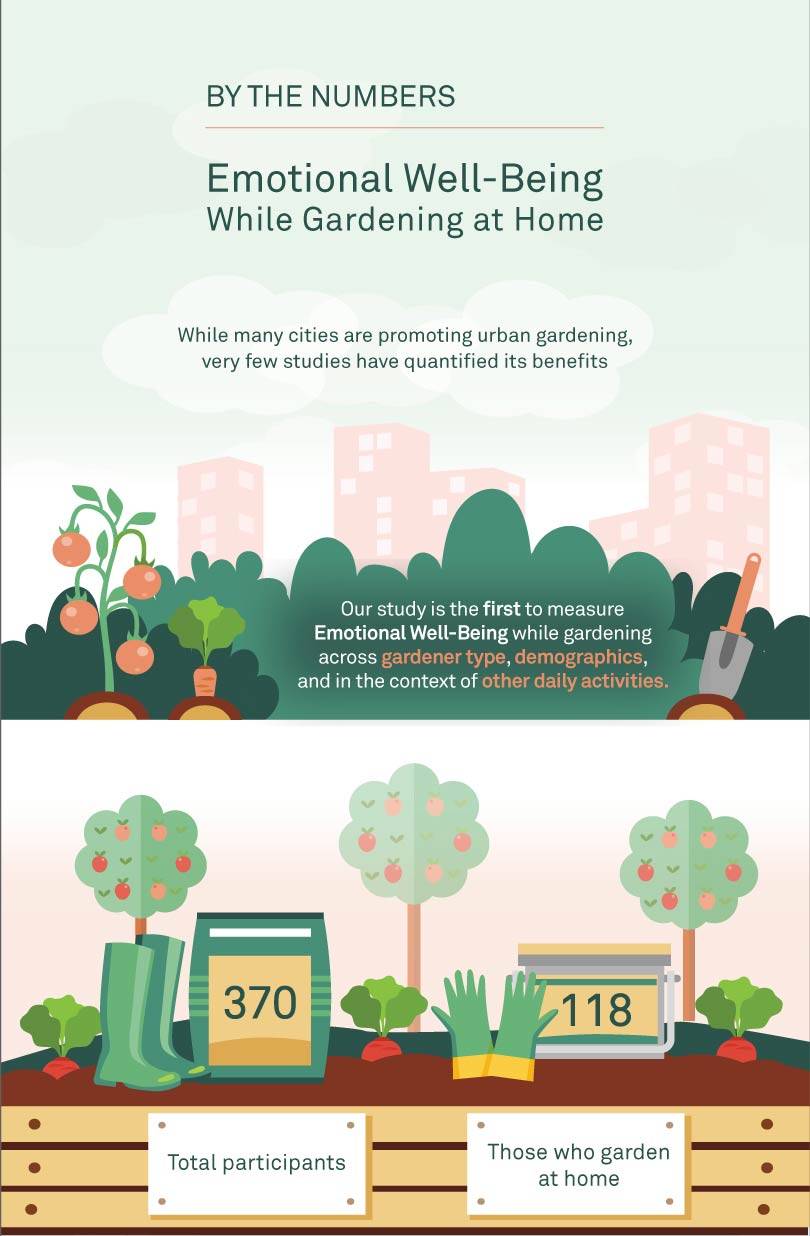The Ultimate Guide To City Blooming
The Ultimate Guide To City Blooming
Blog Article
The Greatest Guide To City Blooming
Table of ContentsThe Facts About City Blooming Revealed7 Easy Facts About City Blooming ShownCity Blooming for BeginnersWhat Does City Blooming Do?The Definitive Guide for City Blooming
Nature has unbelievable impacts on our physical and psychological wellness, so it's not a surprise that a basic succulent on a desktop computer or some potted herbs on a windowsill can quickly boost an area. Take those plants a step further, and you'll cross into the region of urban gardening, which brings even much more advantages to individuals and neighborhoods alike.Urban gardens can be often tended by people, groups, firms, or companies. The quantity and variety of food expanded can differ commonly, as well as the dimension of the project itself, yet urban gardening efforts are all rooted in a city setup.
Whether they contain a collection of pots on a porch or a collection of plots on a vacant lot, these gardens offer more than food, supplying a host of ecological, economic, and social benefits. Since fruit and vegetables is grown in local settings instead of far-away ranches, metropolitan gardening lowers transport demands, for that reason lowering carbon emissions.
The Single Strategy To Use For City Blooming
Lasting and natural agriculture removes or lowers a lot of the environmental damage that would be sustained by industrial agricultural methods. Environment-friendly spaces in cities help in reducing the metropolitan heat island impact. Urban farming stimulates regional economies and supports neighborhood food manufacturers. Community horticulture tasks typically provide food at little or no expense, which aids strengthen food spending plans and increase food protection. Urban gardens can be tools of social change that address inequities, systemic racism, and neighborhood development concerns. Below at Hunger For Adjustment, we make use of food as a tool to construct health, riches, and social adjustment in North Minneapolis. We bring people together to find out, prepare, eat, and expand food, developing change that lasts.
Together, we can create well-rooted and flourishing adjustment!.

The main lesson we, once more, need to learn is that cities are not separated from nature. They are a part of the larger biome in which they lie. As planners and developers, we are educated to assume holistically. While these disciplines advertise cities as advantageous, no city is best not also close, and the vulnerabilities and affiliations of the international supply chain has impacted everyone in unanticipated means.
The 7-Second Trick For City Blooming
I will certainly check out versions from the past that advertised city yards and gardeners, and reveal what worked and what did not. I will go over the opportunities and difficulties of being a city gardener, what is needed to establish a garden of your very own, and what regulations and criteria stand in the means of making cities much better at advertising city yards.
The quantity of time threw away obtaining to and from traditional offices has actually been well recorded. One remarkable research wrapped up that prior to the his explanation pandemic, Americans lost an average of 54 hours a year commuting. The collected adverse results of pollution and stress and anxiety that arise from commuting alone by automobile as most Americans do are significant.
The ability to come to the workplace for cooperation and culture, and remain home for concentrated work is a concept that saves time, is much better for the setting and is a smarter use of limited sources. What hasn't yet taken hold is the connection between these adjustments in habits and just how cities could react.
The Ultimate Guide To City Blooming
What are the wellness effects of our cities all of a sudden overdesigned for vehicles? Just how can our city infrastructure (roadways, utilities) carry out better, not only as conduits to move people and products, however as contributors to natural systems? Urban phenomena such as smoke, inadequate water quality and the 'warm island result' can be alleviated by greening our streets, energizing our automobiles and growing our parking area.
In a current article in the Wall Road Journal, Richard Florida talked about the sensation of 'zoom cities,' which draw in remote employees by creating an image of a greater top quality of life (balcony and patio garden design). He created: "For cities, remote work alters the focus from luring companies with unique bargains to drawing skill with services and facilities
Urban gardening now has many options to assist you grow food anywhere you have area, such as with container gardening, hydroponic gardening, and roof horticulture. This indicates you can control the location where you expand the food, and worry much less about environmental conditions like dry spell or chilly climate. You can select what you desire to grow, just how you want to expand it, and where you want to grow.
Little Known Facts About City Blooming.
Expanding mass-produced food with traditional farming methods takes a great deal out of the world. Past the several sources that are used on the farm, the food then has to be moved from where it is grown to a store near you. That needs melting a great deal of fuel. On average in the united state, food is now moved between 1,500 and 2,500 miles to get to the consumer.

Report this page